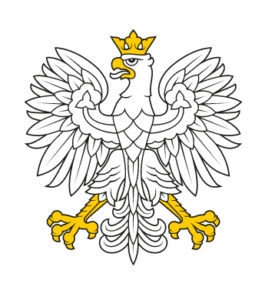"NO" - because you are not allowed to stop the vehicle immediately after the intersection
It is forbidden to stop the vehicle at the intersection and at a distance of less than 10 m from the intersection
1) at a railway crossing, a tram crossing, an intersection or at a distance of less than 10 m from a crossing or intersection;
2) on a pedestrian crossing, a bicycle crossing or at a distance of less than 10 m before such a crossing or intersection; on a two-way road with two lanes, this ban also applies behind this crossing or level crossing;
3) in a tunnel, on a bridge or on a viaduct;
4) on the carriageway along a continuous line and near its end points, if this would force other drivers of multi-track vehicles to drive onto that line;
5) on the carriageway next to the broken line marking the edge of the carriageway and on the carriageway and on the verge next to the continuous line marking the edge of the carriageway;
6) at a distance of less than 10 m from the front of a road sign or signal, if they would be obscured by a vehicle;
7) on the carriageway at its left edge, except when stopping or parking a vehicle in a built-up area on a one-way road or on a two-way carriageway with little traffic;
8) on in the lane between the carriageways;
9) at a distance of less than 15 m from a post or board marking a stop, and at a stop with a bay – along its entire length;
10) at a distance of less than 15 m from the end points of an island, if the carriageway on its right side has only one lane;
11) on a pedestrian and cycle path, cycle path, cycle lane and in a cycle lock, except for a bicycle.





